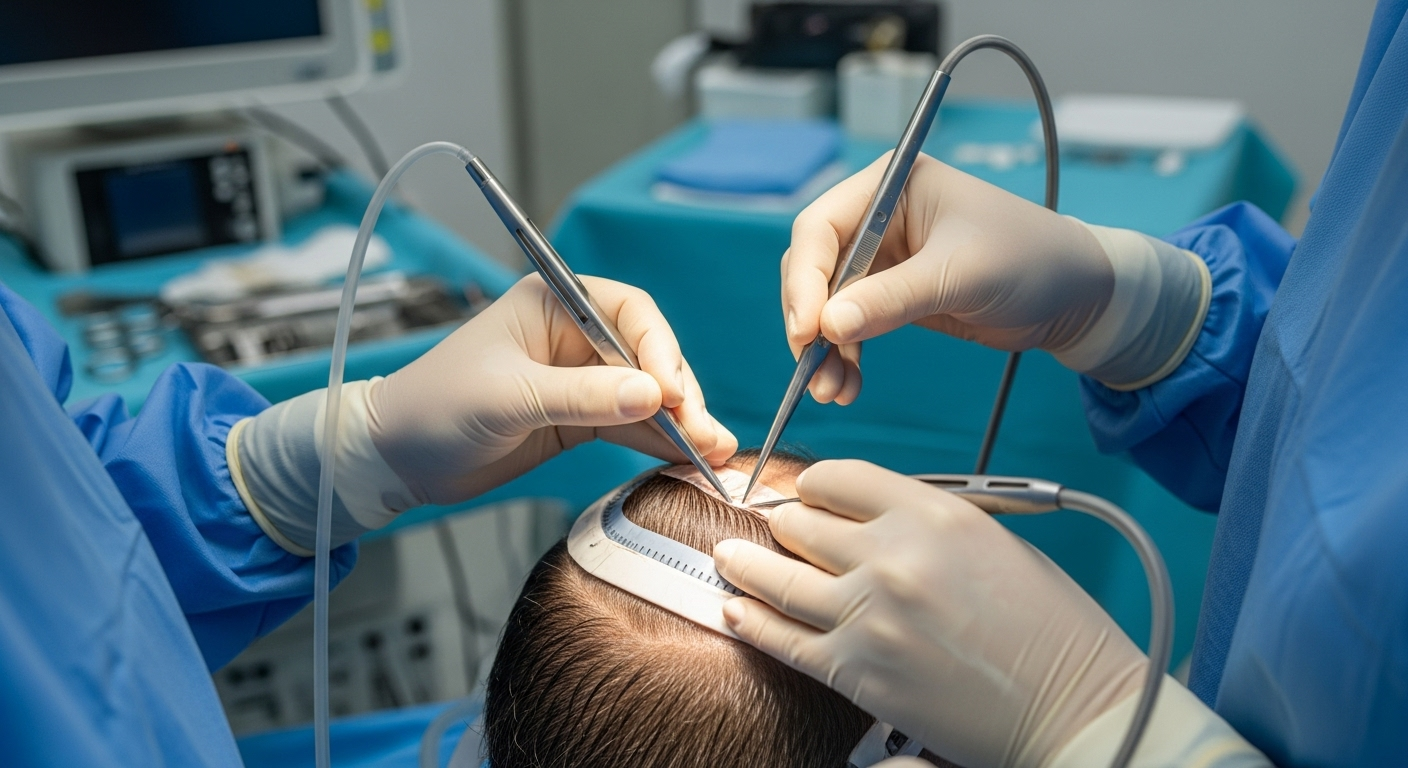WO / en / Tummy Tuck Surgery PR /
A tummy tuck, or abdominoplasty, is a popular cosmetic surgery that removes excess fat and skin from the abdomen while tightening the underlying muscles. This article explores contemporary techniques and essential information about this transformative procedure.

What is a modern tummy tuck and how does it differ from traditional methods?
Modern tummy tuck surgery has come a long way from its traditional counterparts. Today’s techniques focus on minimizing scarring, reducing recovery time, and enhancing overall results. One of the most significant advancements is the drainless tummy tuck, which uses progressive tension sutures to reduce fluid buildup, eliminating the need for post-operative drains. This approach not only improves patient comfort but also reduces the risk of complications.
Another innovation is the mini tummy tuck, which is less invasive and ideal for patients with minimal excess skin below the navel. This technique involves a smaller incision and less extensive muscle tightening, resulting in a quicker recovery period.
Who are ideal candidates for a tummy tuck procedure?
Ideal candidates for tummy tuck surgery are individuals who are in good overall health and have realistic expectations about the procedure’s outcomes. Typically, the best candidates include:
- Those who have lost significant weight and have excess, sagging skin
- Women who have loose abdominal skin and muscles due to pregnancy
- Individuals with weakened abdominal muscles due to aging or genetics
- People who have stubborn fat deposits resistant to diet and exercise
It’s important to note that tummy tucks are not weight loss surgeries. Candidates should be at or near their ideal weight and committed to maintaining a healthy lifestyle post-surgery.
What are the key steps involved in a modern tummy tuck surgery?
A modern tummy tuck surgery involves several key steps, each carefully executed to ensure optimal results:
-
Anesthesia administration: The patient is put under general anesthesia for comfort and safety.
-
Incision: A horizontal incision is made between the pubic hairline and navel. The shape and length of the incision depend on the amount of excess skin.
-
Skin separation: The skin is separated from the abdominal wall up to the ribs.
-
Muscle tightening: Abdominal muscles are pulled together and sutured for a firmer abdomen and narrower waistline.
-
Skin tightening: Excess skin is removed, and the remaining skin is pulled down and sutured in place.
-
Navel reconstruction: The navel is repositioned and reconstructed to maintain a natural appearance.
-
Incision closure: The incisions are closed using sutures, skin adhesives, tapes, or clips.
How long is the recovery period after a tummy tuck?
Recovery from a tummy tuck surgery varies from patient to patient, but generally, it takes about 4-6 weeks to return to normal activities. The first week is typically the most challenging, with patients experiencing discomfort and limited mobility. Most people can return to work after 2-3 weeks, depending on the nature of their job.
During recovery, patients are advised to wear compression garments to reduce swelling and support the healing process. Light walking is encouraged from day one to promote circulation and prevent blood clots. However, strenuous activities and heavy lifting should be avoided for at least six weeks.
What are the potential risks and complications of tummy tuck surgery?
While modern tummy tuck techniques have improved safety, like any surgery, there are potential risks and complications to consider. These may include:
- Infection
- Bleeding
- Poor wound healing
- Numbness or changes in skin sensation
- Seroma (fluid accumulation)
- Asymmetry or contour irregularities
- Scarring
- Anesthesia risks
Choosing a board-certified plastic surgeon and following all pre and post-operative instructions can significantly reduce these risks. It’s crucial for patients to have open and honest discussions with their surgeons about potential complications and how to minimize them.
What is the average cost of a tummy tuck procedure?
The cost of a tummy tuck procedure can vary significantly based on factors such as geographic location, surgeon experience, and the extent of the surgery. Here’s a general overview of tummy tuck costs in different regions:
| Region | Average Cost Range |
|---|---|
| United States | $6,000 - $12,000 |
| United Kingdom | £4,500 - £8,000 |
| Australia | AUD 8,000 - AUD 20,000 |
| Canada | CAD 8,000 - CAD 15,000 |
| European Union | €5,000 - €10,000 |
Prices, rates, or cost estimates mentioned in this article are based on the latest available information but may change over time. Independent research is advised before making financial decisions.
It’s important to note that these costs typically include surgeon’s fees, anesthesia, facility fees, and follow-up care. However, additional expenses such as medical tests, post-surgery garments, and prescription medications may not be included. Many plastic surgery practices offer financing options to make the procedure more accessible.
When considering a tummy tuck, it’s crucial to prioritize the surgeon’s qualifications and the quality of care over cost alone. A more experienced surgeon may charge higher fees but could potentially provide better results and reduce the risk of complications.
In conclusion, modern tummy tuck surgery offers a sophisticated solution for those looking to achieve a flatter, more toned abdomen. With advanced techniques, reduced recovery times, and improved safety profiles, it has become an increasingly popular option for body contouring. However, it’s essential to have realistic expectations, choose a qualified surgeon, and be prepared for the recovery process to ensure the best possible outcome.
This article is for informational purposes only and should not be considered medical advice. Please consult a qualified healthcare professional for personalized guidance and treatment.
The shared information of this article is up-to-date as of the publishing date. For more up-to-date information, please conduct your own research.






